Astronaut Reveals Mind-Blowing Reaction of Wet Towel in Zero Gravity—You Won’t Believe What Happens Next!
Ever wondered what happens when you try wringing out a dripping wet towel… in space? Sounds like a prank waiting to happen, right? Well, back in 2013, Canadian astronaut Chris Hadfield—an engineer, fighter pilot, musician, and all-around space legend—gave us the cosmic answer with a surprisingly simple experiment that sent the internet into a tailspin. Instead of water just dripping down like on Earth, it clung, floated, and formed this jelly-like tube around his fingers, showing off the weird and wonderful world of microgravity. It wasn’t just a cool trick; it was a curious glimpse into how water plays by different rules when freed from gravity’s grip—all thanks to a high school science challenge dreamed up by two Nova Scotia students. If you thought space experiments had to be complicated, Hadfield’s wet towel capsized that notion in the most mesmerizing way. Ready to dive into the science behind the space towel twist? LEARN MORE.
A Canadian astronaut captured global attention in 2013 after performing a simple yet surprising experiment with a wet towel in space.
Chris Hadfield, formerly of the Canadian Space Agency (CSA), is a man of many talents.
The now 65-year-old from Ontario is known as a jack of all trades and a master of some, having worked as an engineer, a fighter pilot, and even a musician.
During his time as an astronaut, Hadfield would offer some insight into life in space, whether that be how astronauts managed to catch a few winks in zero gravity or the ‘death simulations’ they would run onboard in the event that someone died.
But as he would go on to retire from the CSA in 2013, Hadfield’s last dance would be a high school science experiment involving a wet towel.
What was the wet towel space experiment?
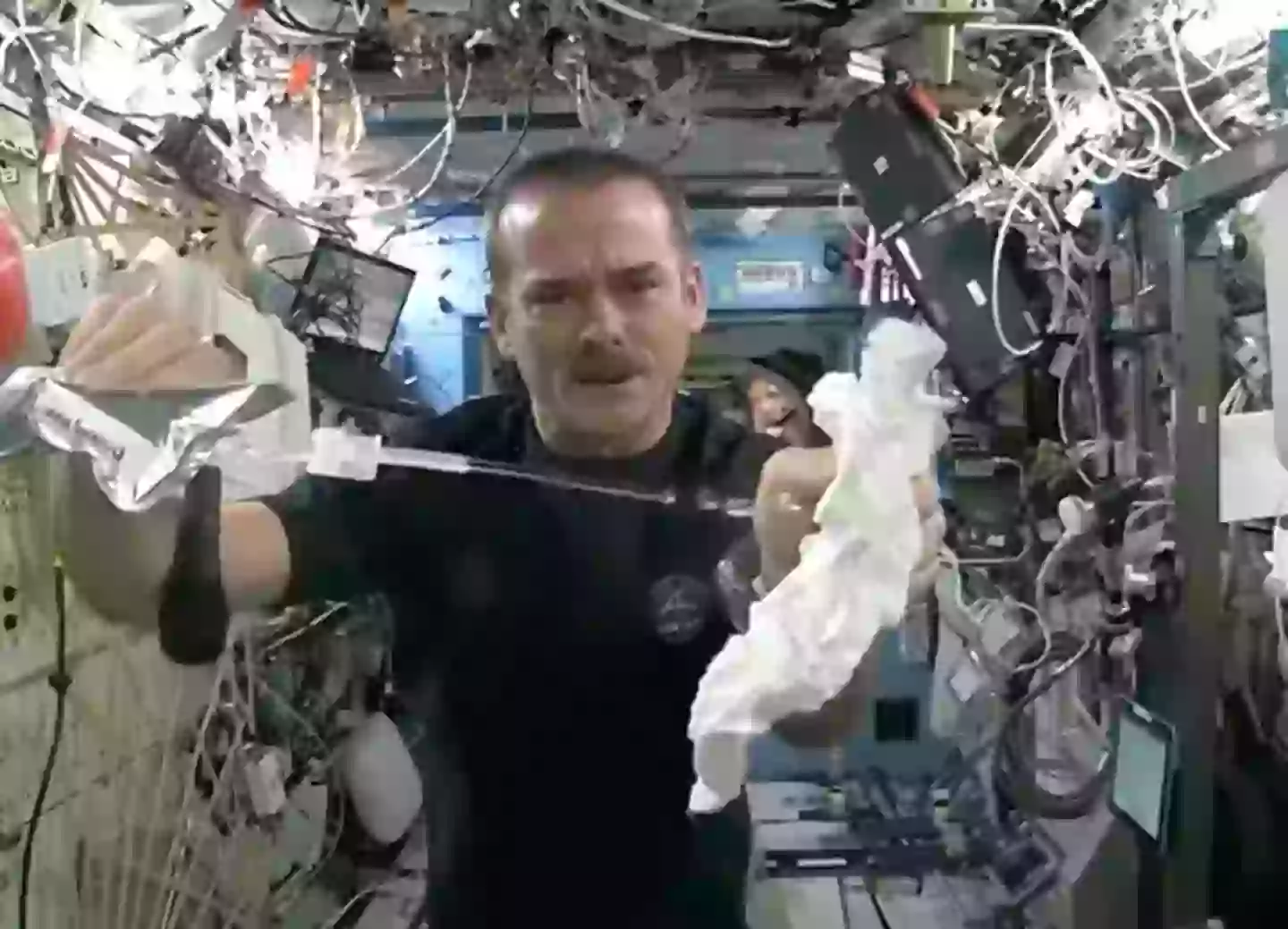
The space experiment went viral (YouTube/Canadian Space Agency/NASA)
The experiment was created by two students, Kendra Lemke and Meredith Faulkner, from Lockview High School in Fall River, Nova Scotia.
They proposed the idea of seeing what would happen when a wet towel is wrung out in space, curious to find out how water would behave when not influenced by gravity.
Their experiment – which led them to win the Canadian Space Agency’s ‘Canadian Science Challenge’ – was one of many entries Hadfield offered to perform during his stay on the International Space Station (ISS) as Commander of Expedition 35.
Watch below to see what happened:
What is the science behind the wet towel space experiment?
Assuming that you’re reading this on Earth, if you try to wring out a wet towel, gravity pulls the water downwards as it falls to the floor.
In space, however, you’ve got microgravity to deal with, and so the water behaves very differently – clinging to surfaces whilst forming floating droplets of water.
So when Hadfield twisted the cloth, instead of the water dripping to the floor, it clung onto the towel and his hands.
Incredibly, it formed a jelly-like tube of water that wrapped around his fingers, creating a pretty mesmerising display.
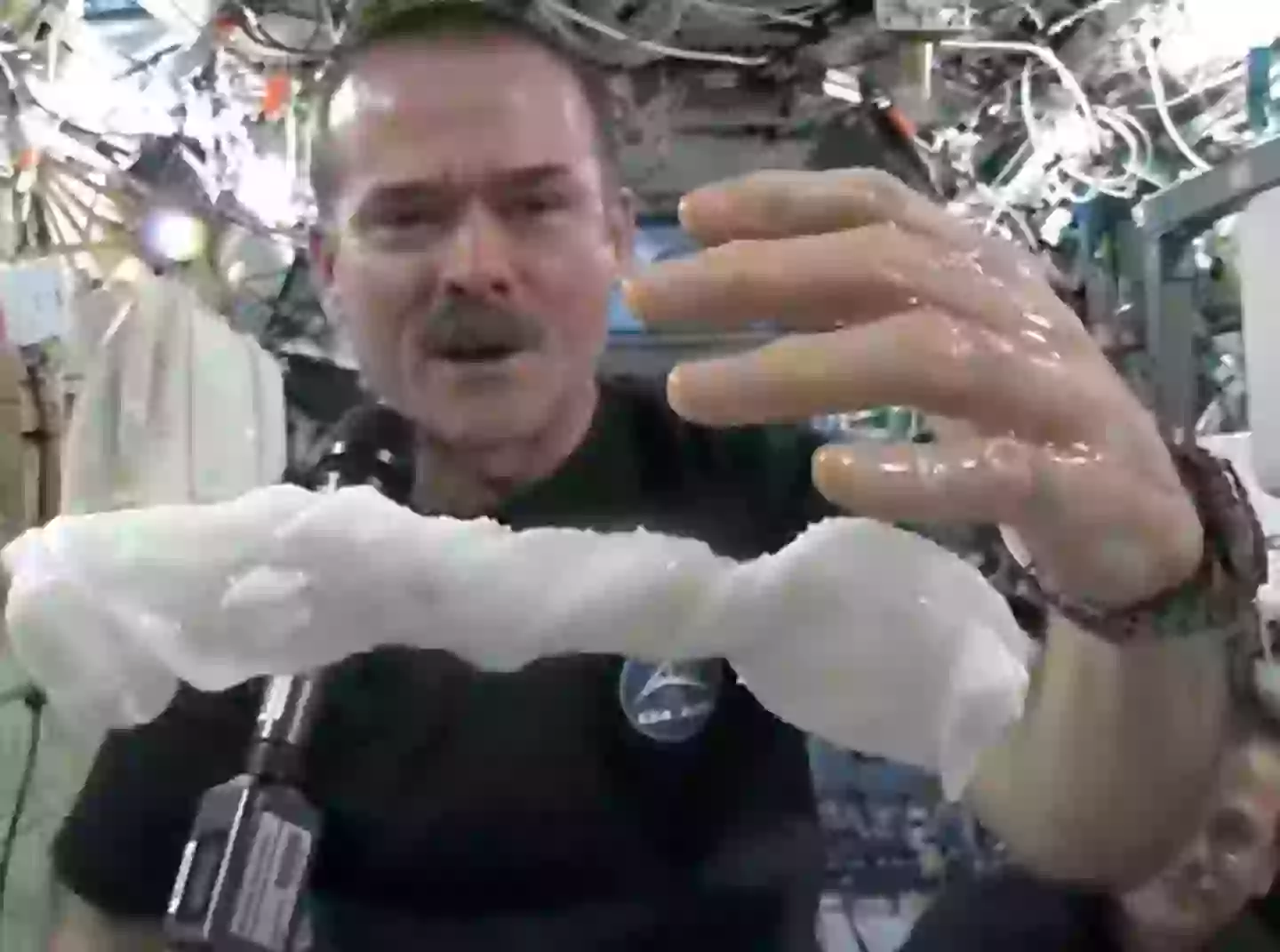
The CSA video is still being watched in 2025 (YouTube/Canadian Space Agency/NASA)
The demonstration showed how water behaves very differently without gravity, forming into a jelly due to surface tension and cohesion.
A clip of the experiment was uploaded to the CSA YouTube channel in 2013 and has over 21 million views at the time of writing.
As the video continues to be viewed and shared today, someone recently commented: “This is one of the coolest things I’ve ever seen in my life.”
One worried person added: “The fact that it’s done in space, the little droplets of water escaping, and the amount of wires in the background that look important af… Even if I knew it was safe my anxiety could not.”
It’s a great point.
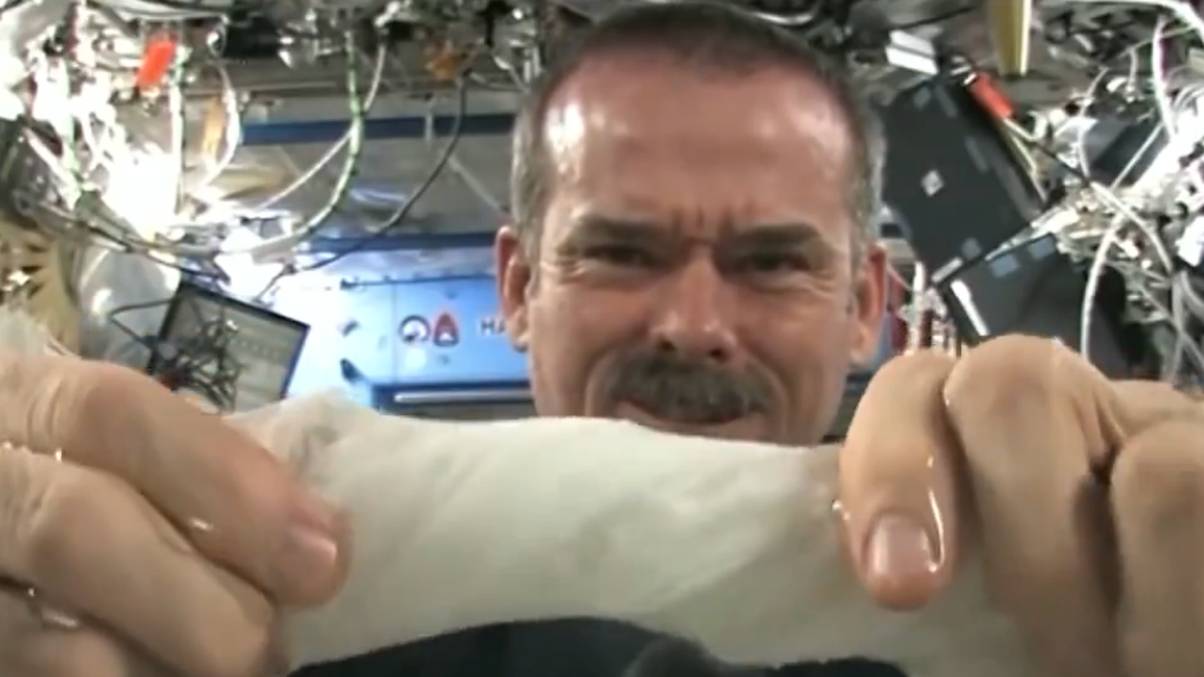


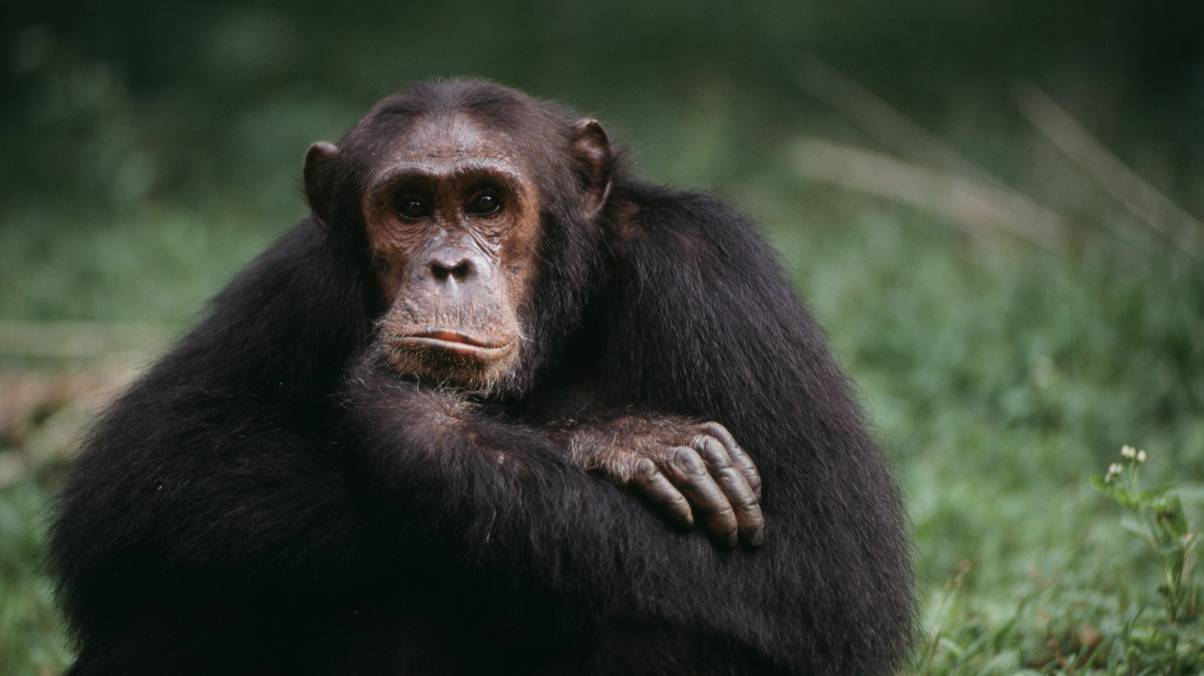
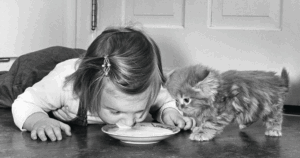
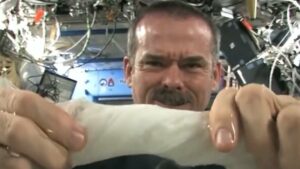








Post Comment